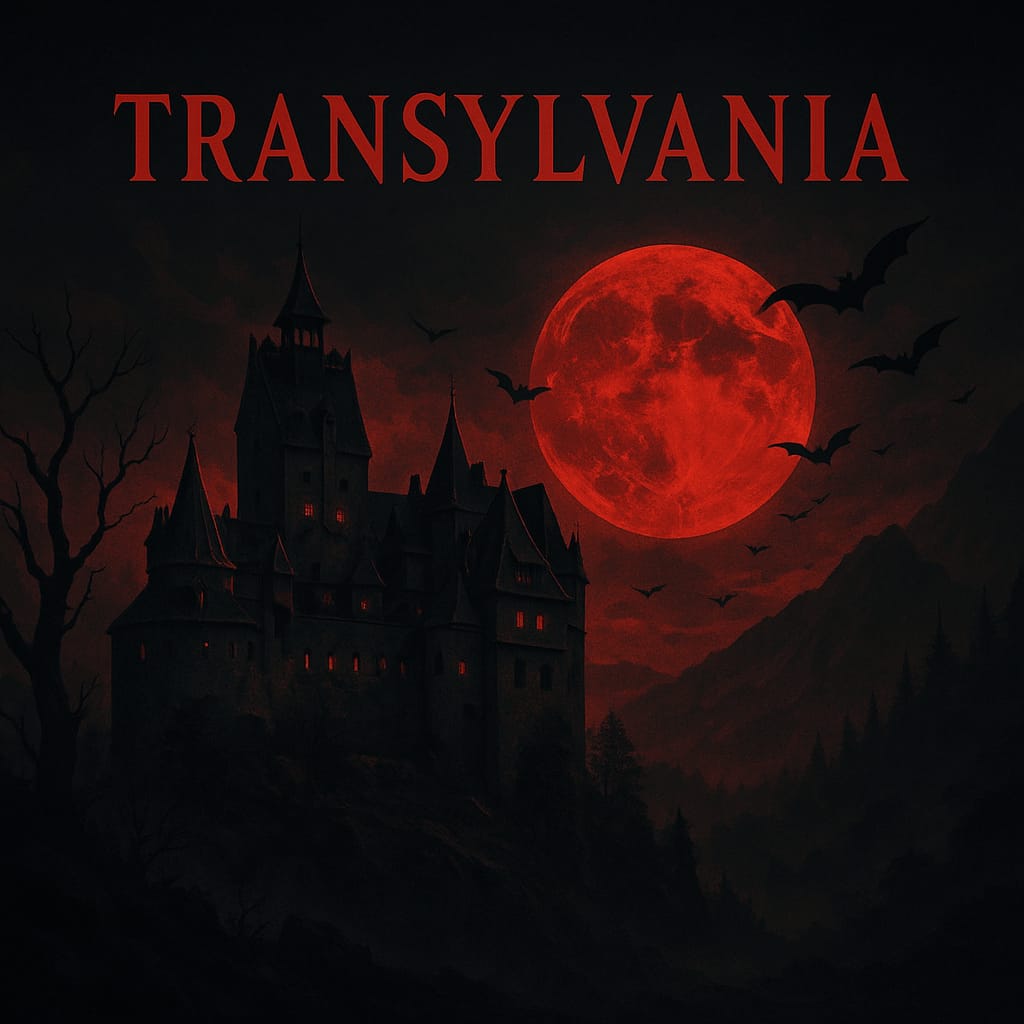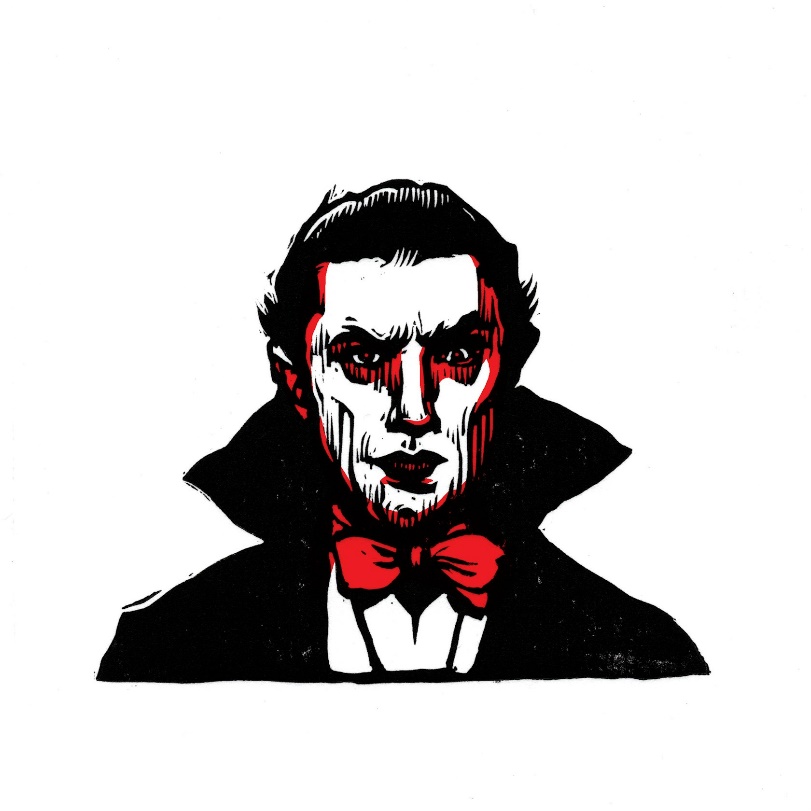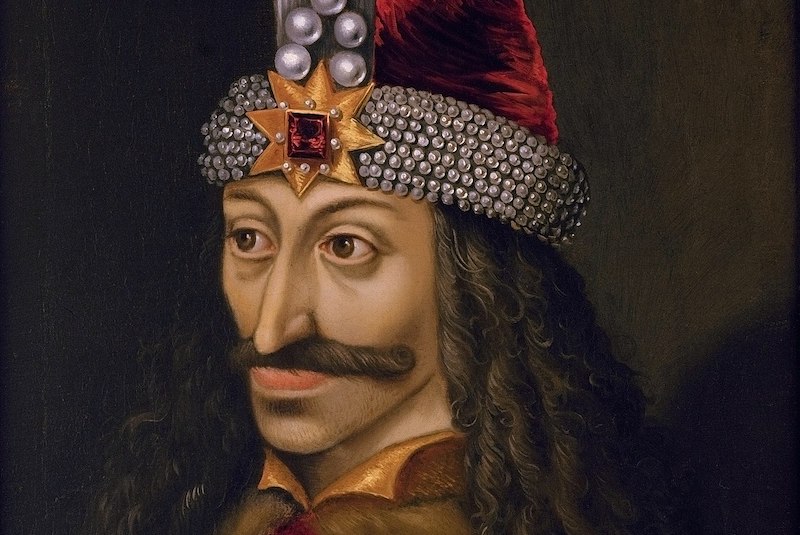Places of Blood
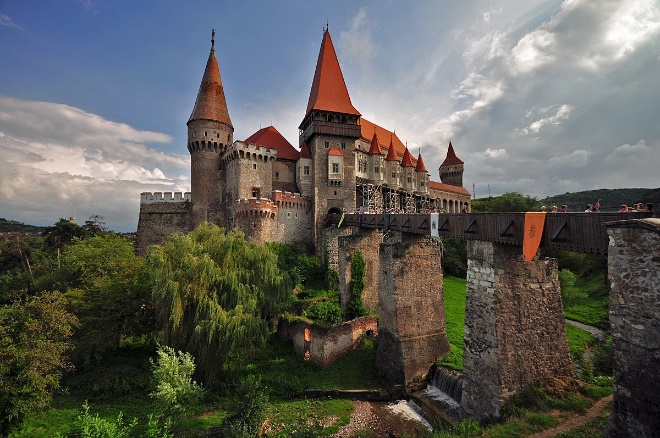
Corvin Castle
Situated in Hunedoara, Corvin Castle is one of Eastern Europe's largest castles, known for its Gothic architecture and imposing towers. It was built in the 15th century and has a rich history intertwined with legends and myths.
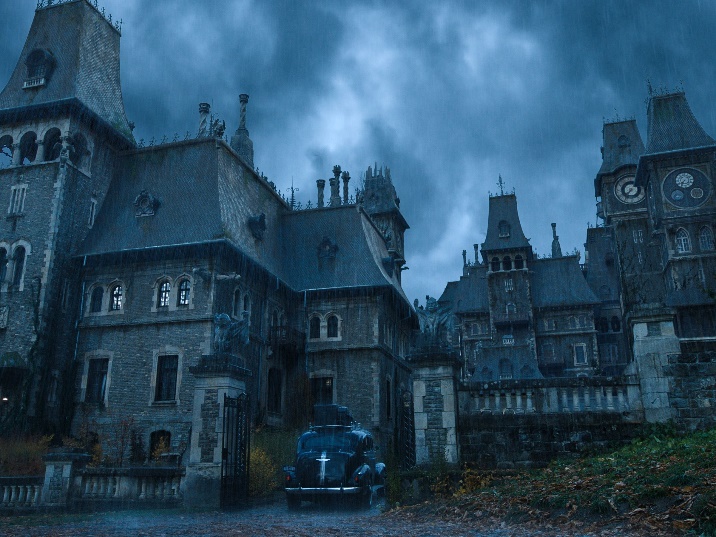
Cantacuzino Castle
Completed in 1911 for Prince Gheorghe Grigore Cantacuzino, the castle boasts intricate stonework, a museum showcasing art collections, and stunning views of the Carpathian Mountains.

Biertan Fortified Church
A Gothic hall church constructed in 1522–1523, surrounded by multiple defensive walls.
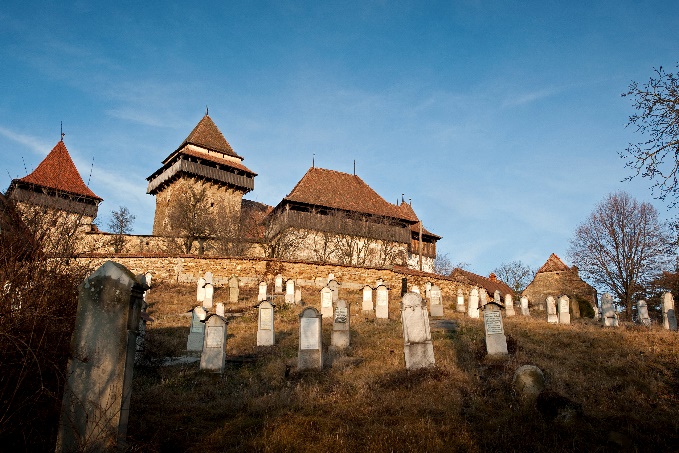
Viscri Fortified Church
A Romanesque chapel from the 12th century, later fortified in the 16th century, noted for its single nave and impressive buttresses.

Carpathian Mountains
Spanning across Transylvania, the Carpathians are among Europe’s last great wildernesses. They encompass old-growth forests, alpine meadows, and deep valleys, providing habitats for a myriad of species.

Hoia-Baciu Forest
Adjacent to Cluj-Napoca, this forest is famed for its mysterious legends and unique vegetation patterns, attracting both nature lovers and thrill-seekers.
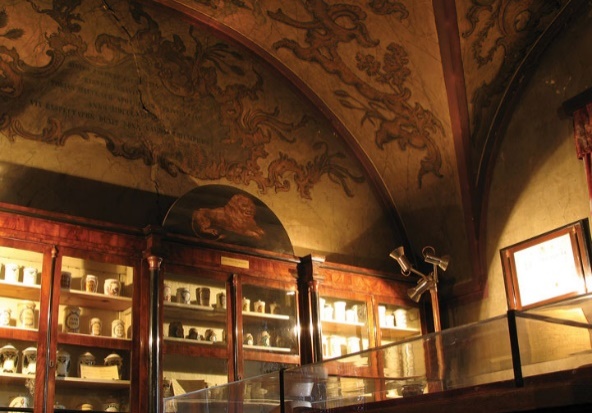
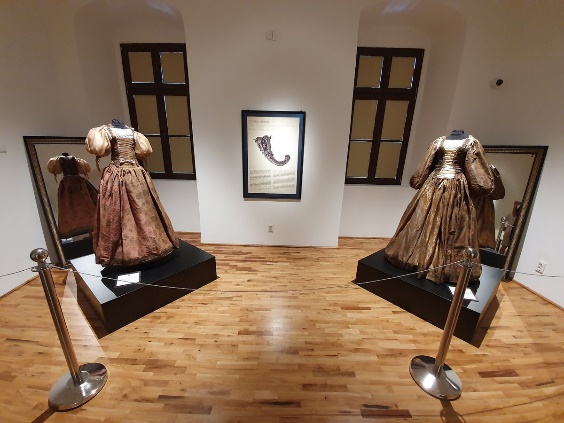
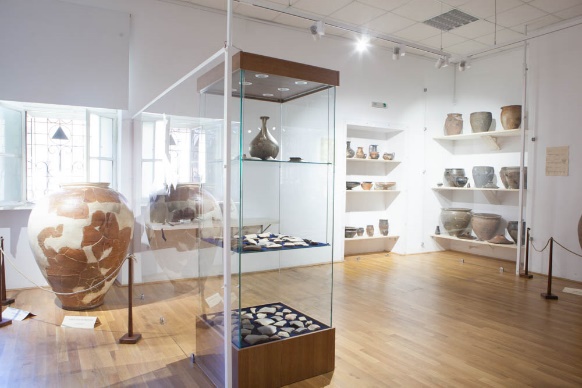
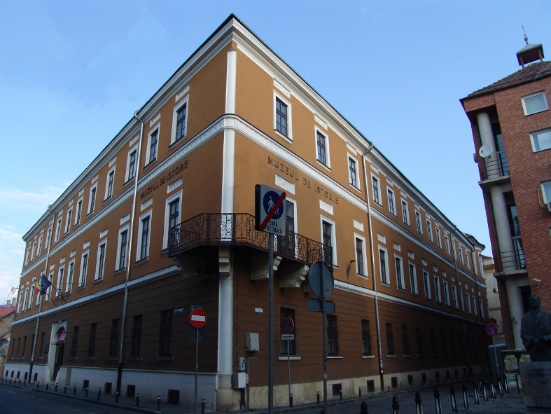
National Museum of Transylvanian History
Archaeology, medieval and modern history.
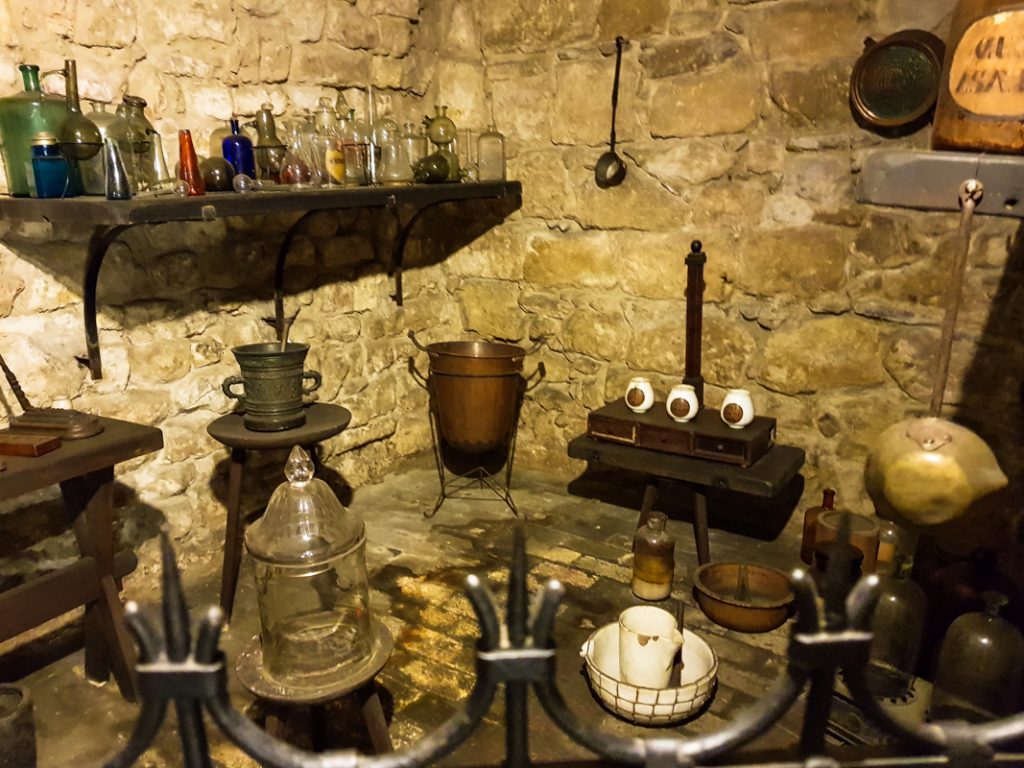

Pharmaceutical Museum
Located in a 16th-century pharmacy, it showcases old medical tools and potions.

Sighișoara Citadel
UNESCO World Heritage Site; one of the last inhabited medieval citadels in Europe.
.jpg)
Catherine's Gate (Brașov)
The last medieval city gate still standing in Brașov, built in 1559 by the German (Saxon) community.

.jpg)
.jpg)
.jpg)

.jpg)

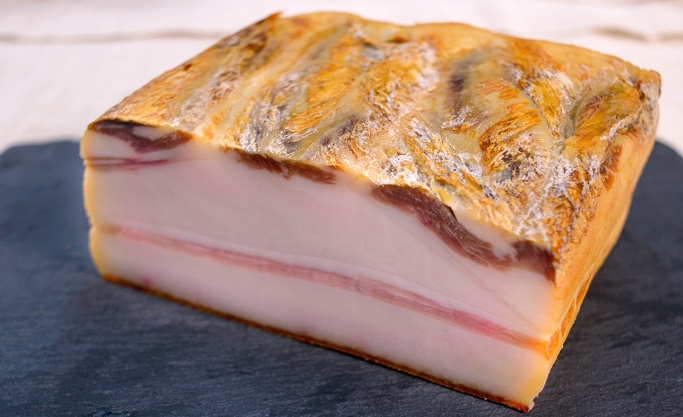
.jpg)
